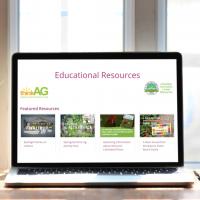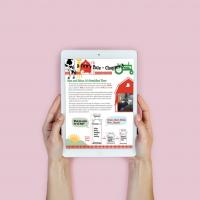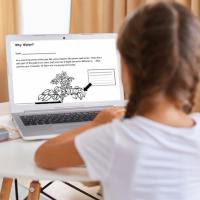Online Resources
Last updated on
Tuesday, September 13th, 2022Experience type:
Online ResourceProgram Description
BC Agriculture in the Classroom Foundation (BCAITC) offers 500+ free downloadable agriculture and food resources for K-12 students. The lesson plans, unit plans, activities, recipes, storybooks, videos, and educational resources feature curriculum-connections to Science, Social Studies, Math, English Language Arts, Arts, Food Studies and more subjects.
Teachers, home educators, and students can download the resources here 24/7. These resources introduce food and agriculture education into students' lives to encourage appreciation of agriculture, food, and healthy eating for years to come!



Big Ideas
Additional Notes
Download BCAITC's free resources from https://www.bcaitc.ca/resources from anywhere, anytime!






